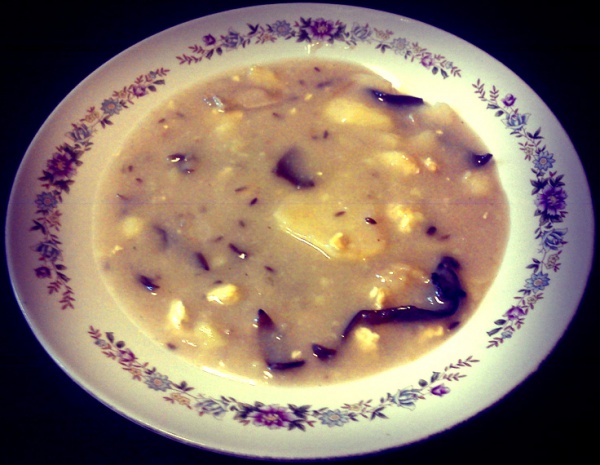Facts About Kyselo
In West Slavic countries and Belarus, soups made from fermented cereals like rye, wheat, or oatmeal are a culinary staple. In Poland, for instance, there's a traditional soup called żur, made from soured rye flour and meat. Variations of this dish include barszcz biały, which uses wheat flour, and żur śląski, typically served over mashed potatoes. Belarus offers its own version called zhur or kisyalitsa, crafted from fermented oatmeal or rye.
The Czech Republic has its unique take on this tradition with a soup called kyselo, originating from the Krkonoše region. Kyselo, whose name derives from the Czech word for "sour" is made using a sourdough base and mushrooms. Historically, it was a nutritious meal for poor communities during the harsh winter months.
Kyselo is made from locally sourced ingredients such as mushrooms, caraway seeds, onions, potatoes, and scrambled eggs. The recipe can vary from family to family, often passed down through generations orally. Typically served hot in a bowl and garnished with herbs, kyselo is hearty enough to be a main course.
Similar soups using fermented ingredients can be found across Eastern Europe and beyond. Examples include Russian okroshka, Romanian borș, Finnish hapanvelli, and even Japanese miso soup.
Kyselo holds a special place in Czech culture and folklore, often linked to mythical figures and even a mountain named Kotel. Its popularity is further cemented by its frequent appearances in Czech children's television shows, making it a well-known and cherished dish in the Czech Republic.

 Poland
Poland